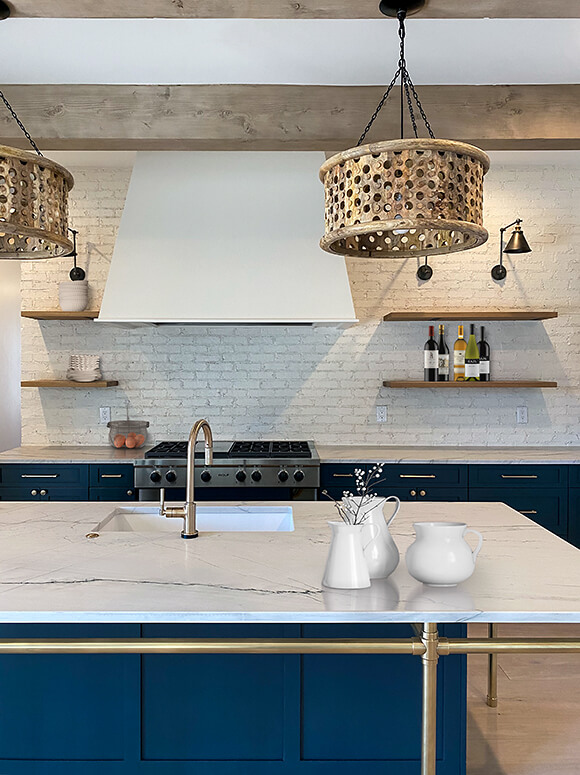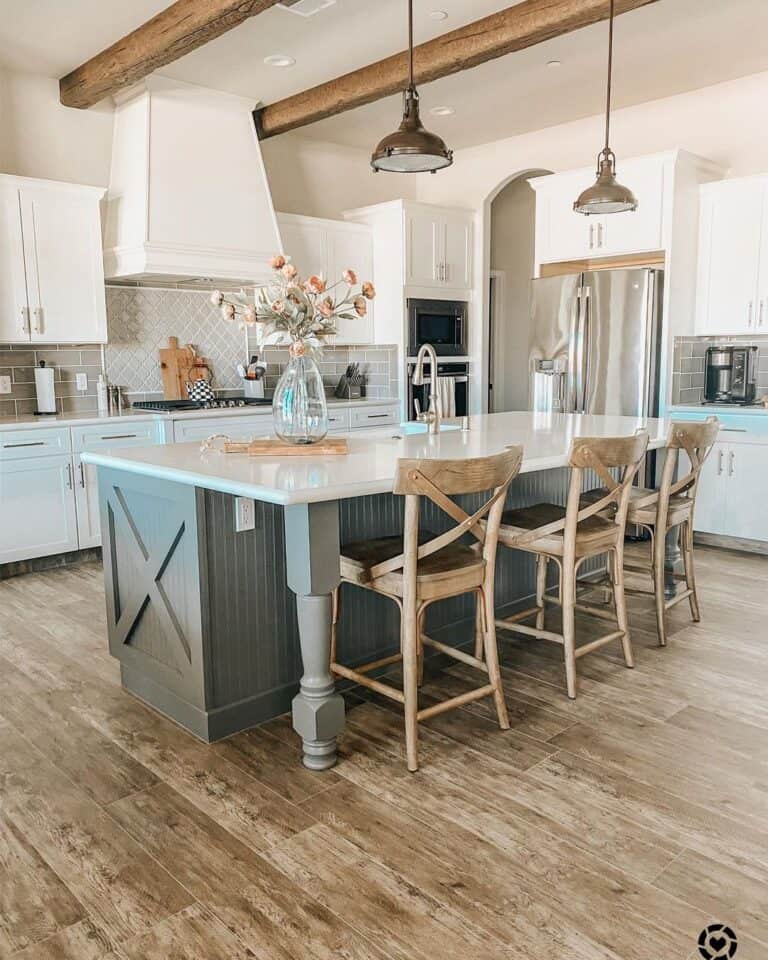Improve Capability and Style Using High Quality Legs For Kitchen Island
Improve Capability and Style Using High Quality Legs For Kitchen Island
Blog Article
An Overview to Selecting the Perfect Legs For Cooking Area Island for Your Home
Choosing the excellent legs for your kitchen area island is a nuanced choice that affects both the functionality and aesthetic appeal of this central room. As you take into consideration these aspects, it becomes obvious that the right legs can change not only the look of your kitchen but likewise its use for years to come.

Recognizing Kitchen Island Legs
When choosing legs for a kitchen island, it's necessary to understand their visual and practical roles in the total layout. The legs work as an essential support group, making certain stability and longevity for the island, which often works as a work space, dining location, or collecting spot. For that reason, the selection of product and construction method have to be robust enough to hold up against day-to-day use and possible wear.
In addition to their structural obligations, legs contribute considerably to the island's visual allure. They can enhance the kitchen area's style, whether with traditional, modern, or eclectic styles. The elevation and percentage of the legs are additionally essential factors to consider; they have to balance with the island's kitchen counter elevation while ensuring comfortable seating for those making use of the room.
Moreover, the leg design can affect the overall circulation of the kitchen area. Open, airy leg designs can produce a sense of agility, while strong, substantial legs may convey a much more grounded and steady visual - Legs For Kitchen Island. Recognizing these useful and aesthetic facets will guide property owners in making notified selections that complement their cooking area's layout and enhance its usability
Popular Styles and Products
The selection of legs for a kitchen area island incorporates a variety of prominent designs and materials, each offering one-of-a-kind qualities that can improve both capability and looks. Amongst the most desired styles are modern, rustic, and traditional. Contemporary legs commonly include streamlined, minimalist styles that emphasize simpleness and clean lines, making them perfect for modern kitchens. Rustic styles, on the other hand, embrace natural environments and commonly showcase reclaimed wood or distressed surfaces, including warmth and beauty to the room. Conventional legs typically exhibit ornate details and workmanship, improving timeless kitchen styles.

Height and Stability Considerations

The legs of the cooking area island ought to offer adequate assistance, making certain that the structure can endure daily use without shifting or wobbling. Material selection plays a considerable role in stability; metal legs, for instance, have a tendency to supply greater toughness contrasted to timber.
Matching Your Kitchen Visual
Picking the best legs for your cooking area island goes past performance; it additionally plays a considerable function in the total aesthetic of the space. When selecting legs, consider the layout style of your kitchen area. For a modern appearance, smooth steel or minimalist styles can produce a tidy, contemporary ambiance. On the other hand, traditional or rustic cooking areas frequently gain from wooden legs with intricate outlining or a distressed finish, boosting heat and character.
Legs that complement or contrast with your island's surface area and surrounding cabinets can produce aesthetic harmony or striking focal points. Furthermore, take into consideration the coating of the legs; matte, shiny, or textured finishes can considerably impact the overall feel of the cooking area.
Installation and Upkeep Tips
Setting up kitchen area island legs calls for careful interest to information to make sure both stability and aesthetic appeal. Begin by picking an appropriate area for your island, guaranteeing it is level and has enough room for movement. Utilize a stud finder to locate wall surface studs if you are attaching the legs to a wall surface or utilizing braces for added support. Mark the placement of the legs accurately prior to boring.
When safeguarding the legs, make use of premium screws and, if necessary, timber adhesive find out here now for extra stamina. For steel legs, make sure that you are using ideal anchors and tools to stop damages to your floor covering. It is suggested to look for levelness after installation, making adjustments as required to avoid tottering.
Maintenance is just as essential for longevity - Legs For Kitchen Island. Regularly examine the legs for any kind of indicators of wear or helping to loosen, especially in high-traffic locations. Tidy the legs with a suitable cleaner, preventing rough materials that may scratch the surface. For wooden legs, take into consideration using a wood conditioner occasionally to preserve their coating. By complying with these installment and upkeep pointers, you can ensure that your cooking area island legs continue to be both useful and aesthetically enticing.
Final Thought
In final thought, choosing the appropriate legs for a cooking area island necessitates cautious consideration of height, security, and visual compatibility. Ultimately, thoughtful leg option plays a vital function in elevating both the functionality and style of the cooking area area.
When picking legs for a cooking area island, it's necessary to understand their practical and visual duties in the total style. Open, airy leg styles can develop a feeling of agility, while strong, substantial legs might share an extra based and steady aesthetic. The legs of the cooking area island must offer ample assistance, guaranteeing that the structure can hold up against everyday usage without changing or wobbling.Setting up kitchen area island legs requires cautious interest to detail to ensure both stability and visual allure.In conclusion, selecting the ideal legs for a cooking area island necessitates careful consideration of elevation, stability, and aesthetic compatibility.
Report this page